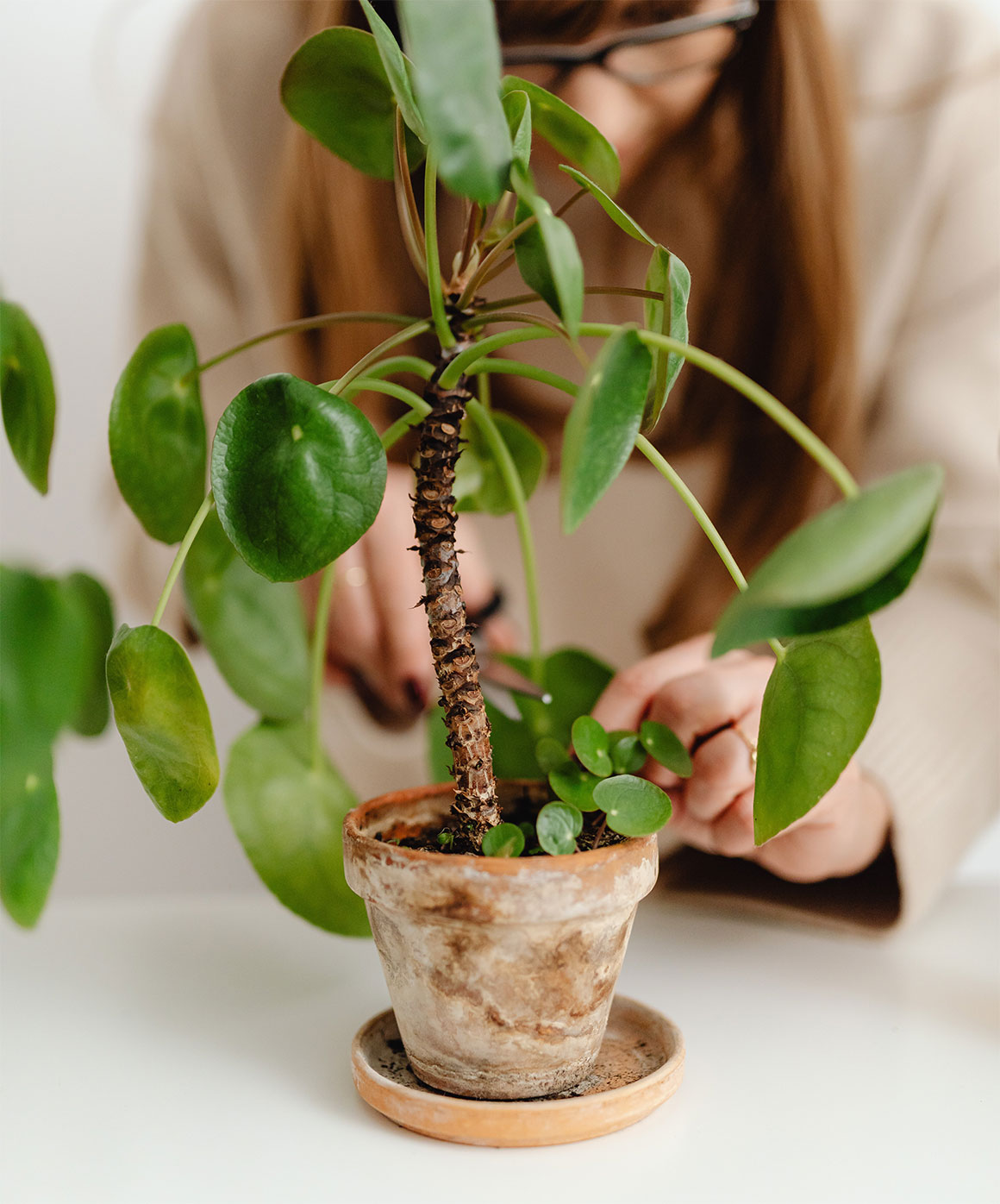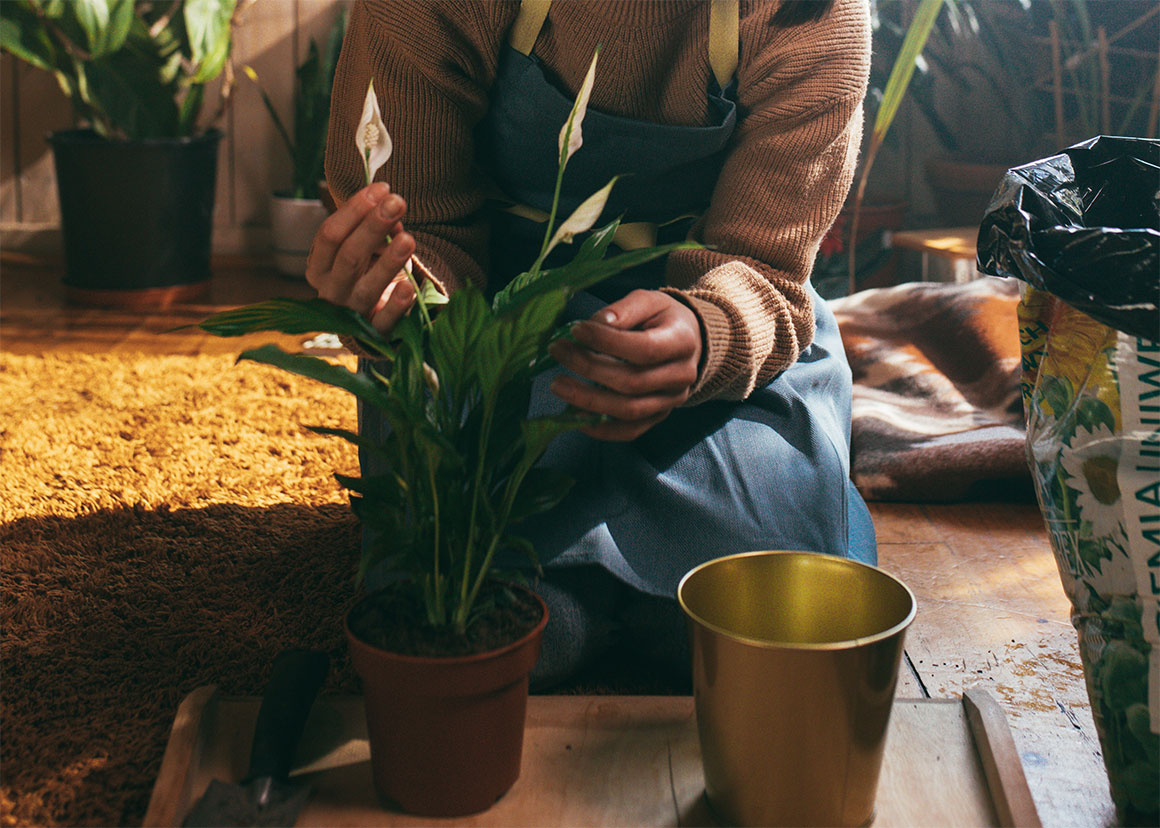Pruning and pinching back houseplants are essential techniques that promote healthy growth, maintain attractive shapes, and rejuvenate the foliage of indoor plants. By understanding the best methods for pruning and pinching back, you can help your houseplants thrive and create a lush and visually appealing indoor garden. In this article, we will explore the top techniques for pruning and pinching back houseplants, empowering you to unleash the full potential of your green oasis.
Unleashing the Full Potential of Your Houseplants

Understand the Purpose
Before pruning or pinching back, it’s important to understand the purpose behind these techniques. Pruning is primarily performed to remove dead, damaged, or diseased parts of the plant, as well as to control the size and shape. Pinching back, on the other hand, involves selectively removing the tips off stems or foliage to encourage branching and bushier growth.
Equip Yourself
To effectively prune and pinch back your houseplants, gather a few essential tools. These may include clean, sharp pruning shears or scissors, a clean cloth or rubbing alcohol for sterilisation, and gloves to protect your hands from thorns or sap. Keeping your tools clean and sharp will minimise the risk of transmitting diseases between plants.
Pruning Techniques
When pruning, start by removing any dead or yellowing leaves by cutting them close to the base of the stem. For larger plants, you may need to trim back leggy or overgrown branches to maintain a more compact shape. Make clean cuts at a 45-degree angle just above a leaf node or bud. This will encourage new growth from the node, promoting a bushier appearance. If you encounter any diseased portions, be sure to sanitise your tools between cuts to prevent spreading infection.
Pinching Back Techniques
Pinching back is particularly effective for plants with long, single stems that you’d like to encourage to become more bushy. Using your fingers or a sharp pair of scissors, pinch or cut off the topmost portion of the stem just above a leaf node or bud. This action stimulates lateral bud growth, resulting in a denser and more compact plant. Repeat this process on multiple stems to encourage overall fullness.

Timing and Frequency
The timing and frequency of pruning and pinching back can vary depending on the type of houseplant. Generally, it’s best to prune or pinch back during the active growing season when the plant is producing new growth. This encourages rapid healing and minimises stress on the plant. Regularly assess your plants’ growth and shape, and perform maintenance as needed. Remember, moderation is key – avoid excessive pruning or pinching, as it can weaken the plant and inhibit growth.
Aftercare
After pruning or pinching back, provide your plants with proper care to support their recovery. Ensure they are placed in appropriate light conditions, provide adequate watering, and consider applying a balanced houseplant fertiliser to encourage new growth. Monitor the plant closely in the following weeks, observing the response to the pruning or pinching, and adjust your care routine accordingly.
Prune And Pinch Back Houseplants Conclusion
Pruning and pinching back houseplants are valuable techniques that empower you to shape, rejuvenate, and promote healthy growth in your indoor garden. By understanding the purpose behind these practices, equipping yourself with the necessary tools, and employing the proper techniques, you can maintain attractive shapes and unleash the full potential of your houseplants. Remember to time your pruning and pinching appropriately, provide post-care, and be attentive to your plants’ response. With these best practices, your indoor garden will flourish, delighting you with its lushness and vitality.